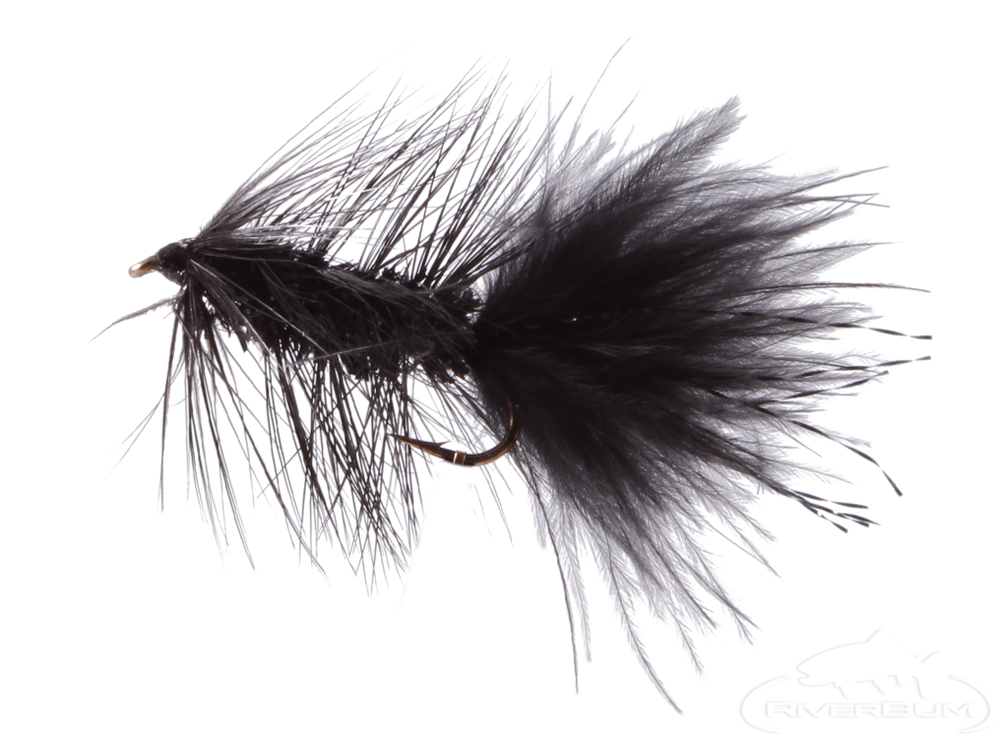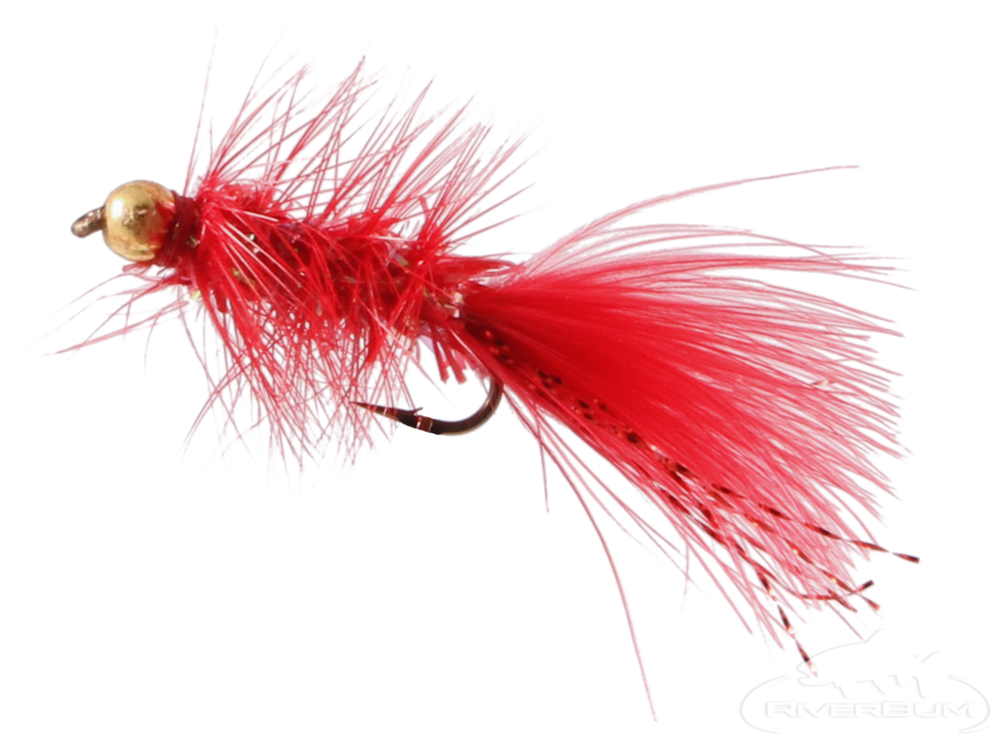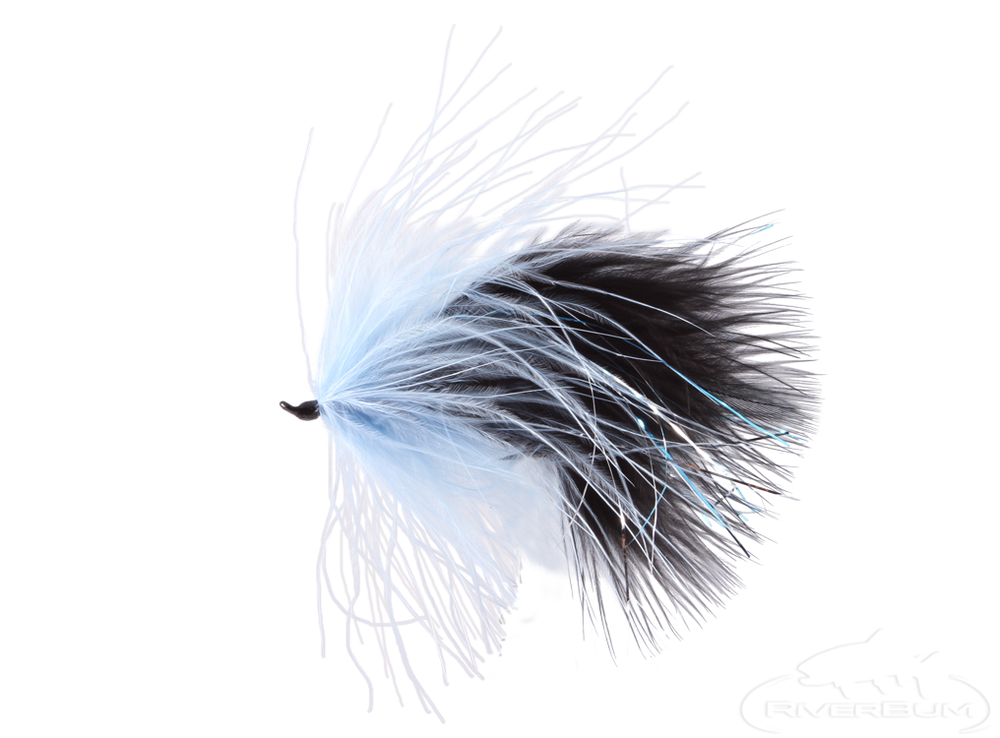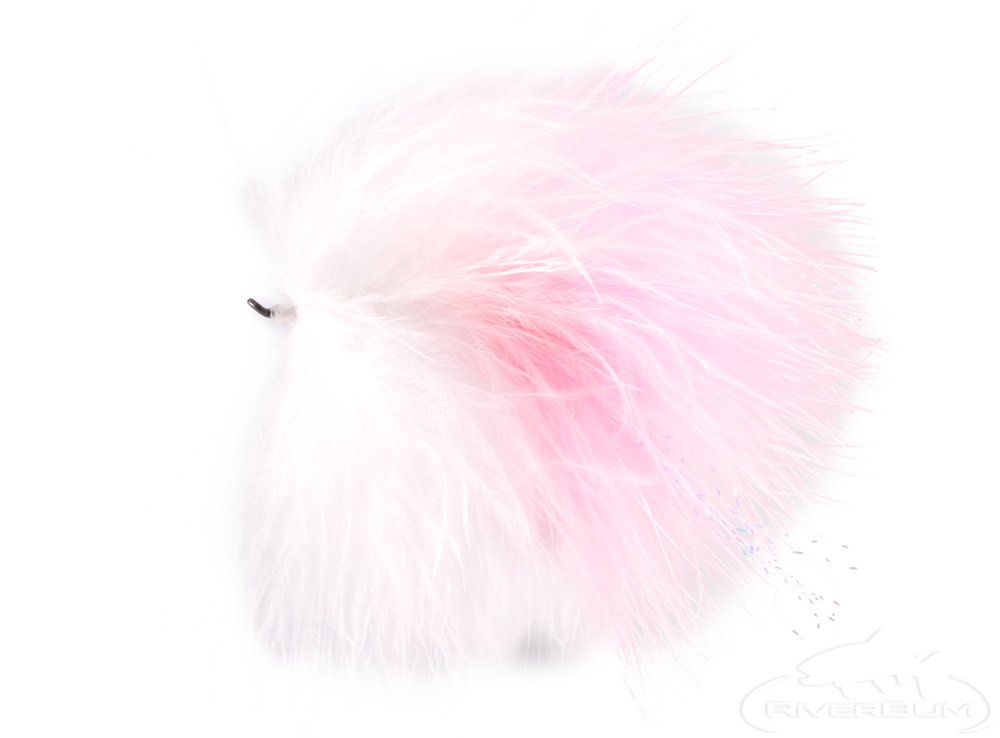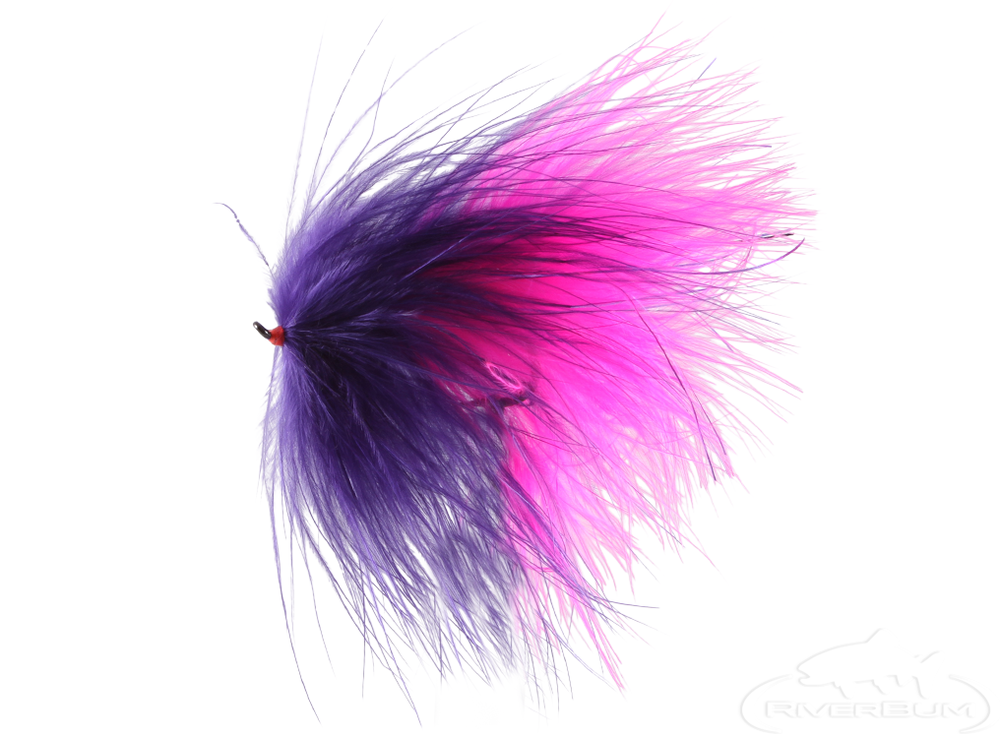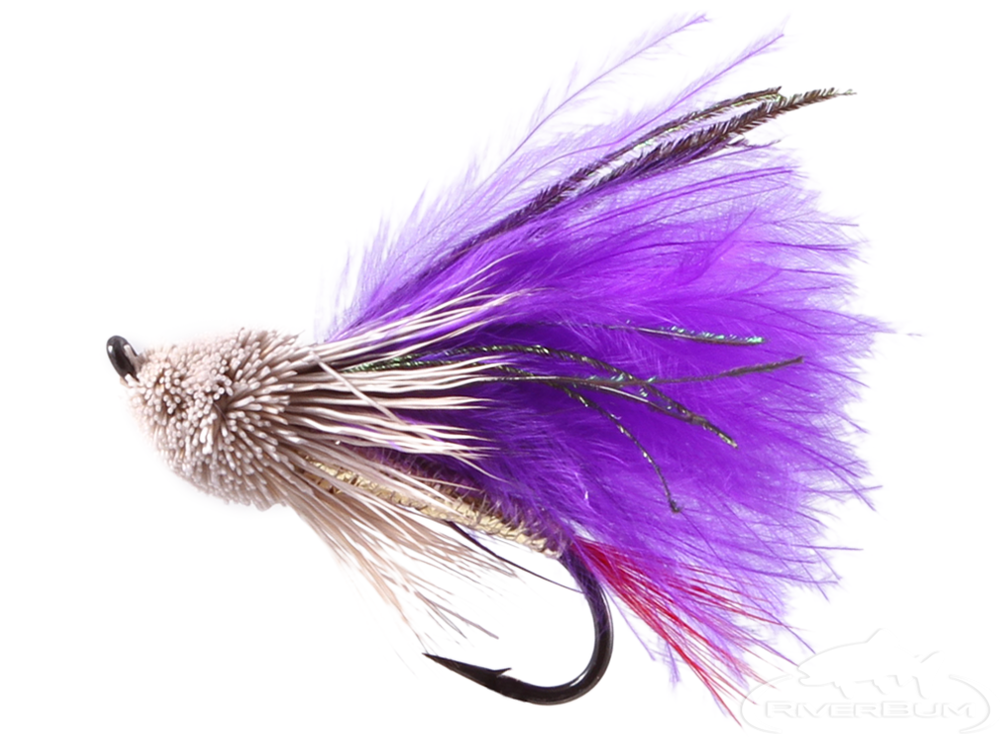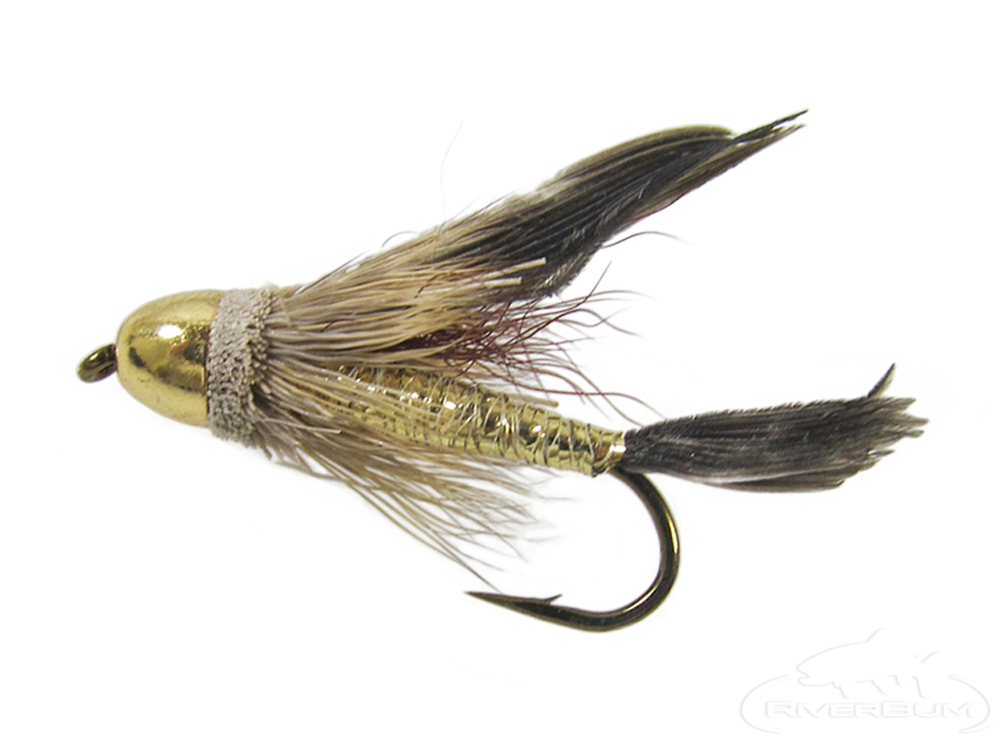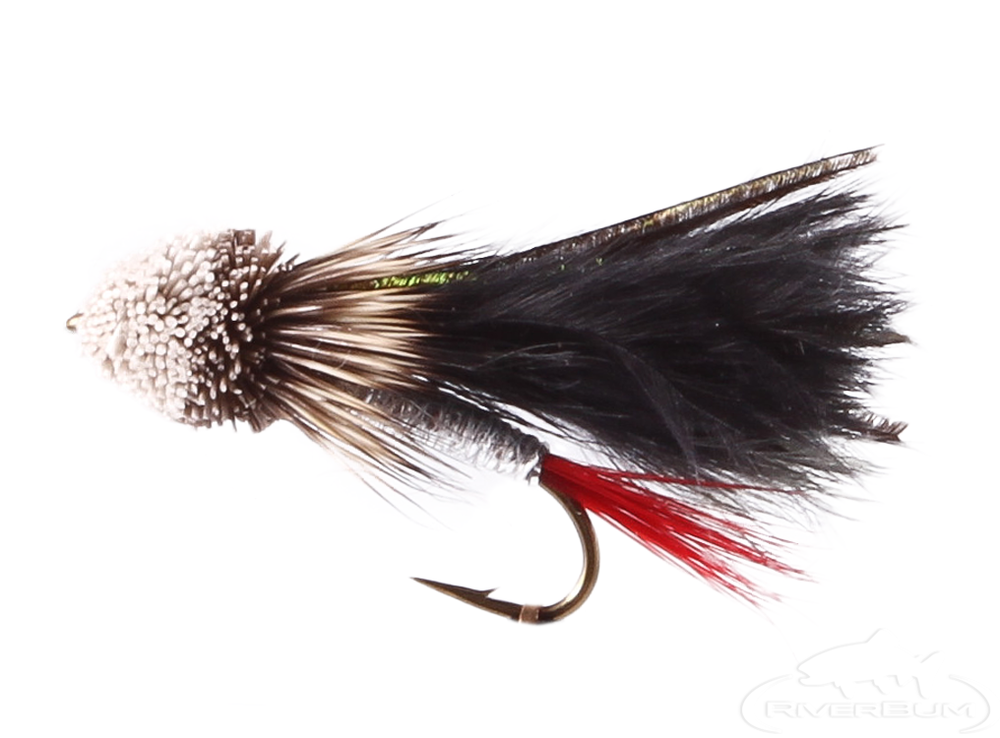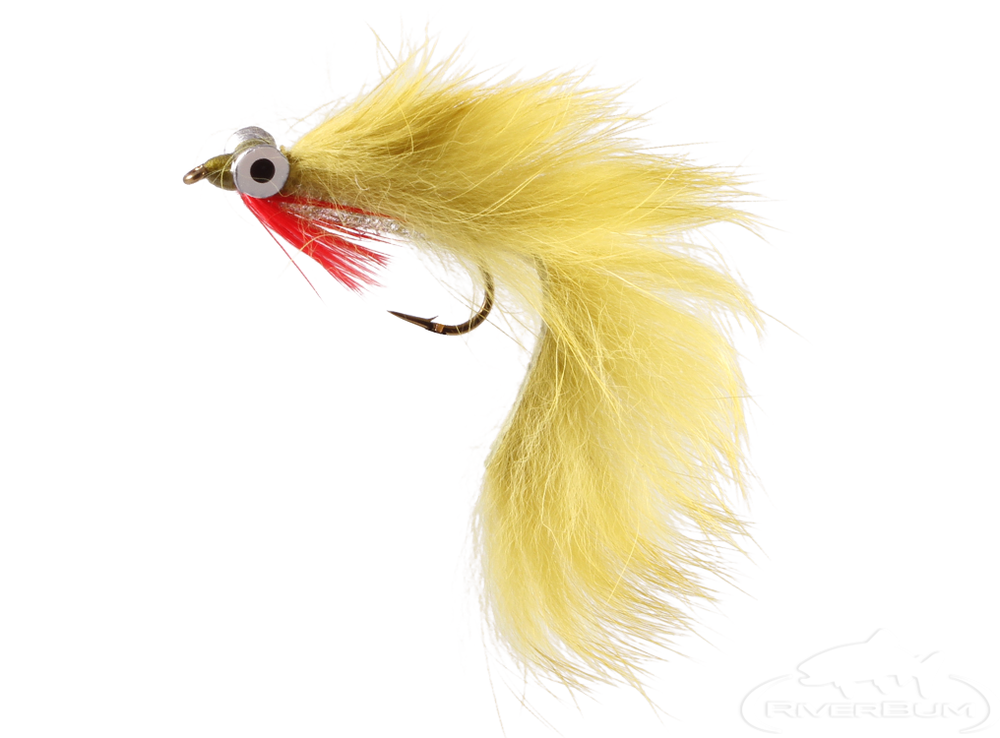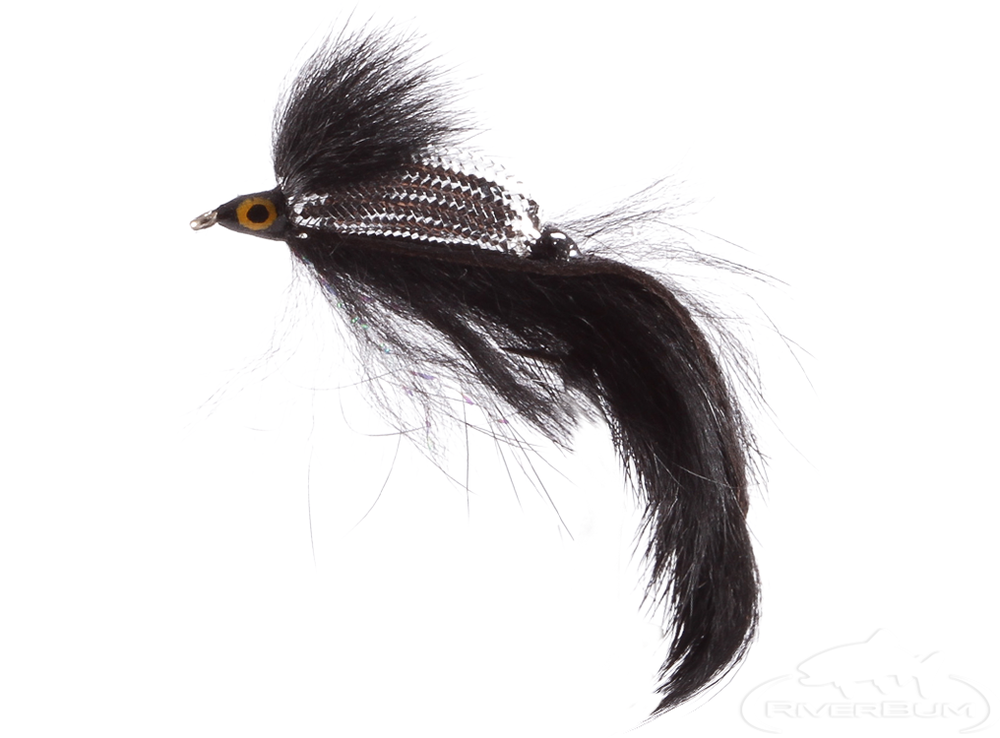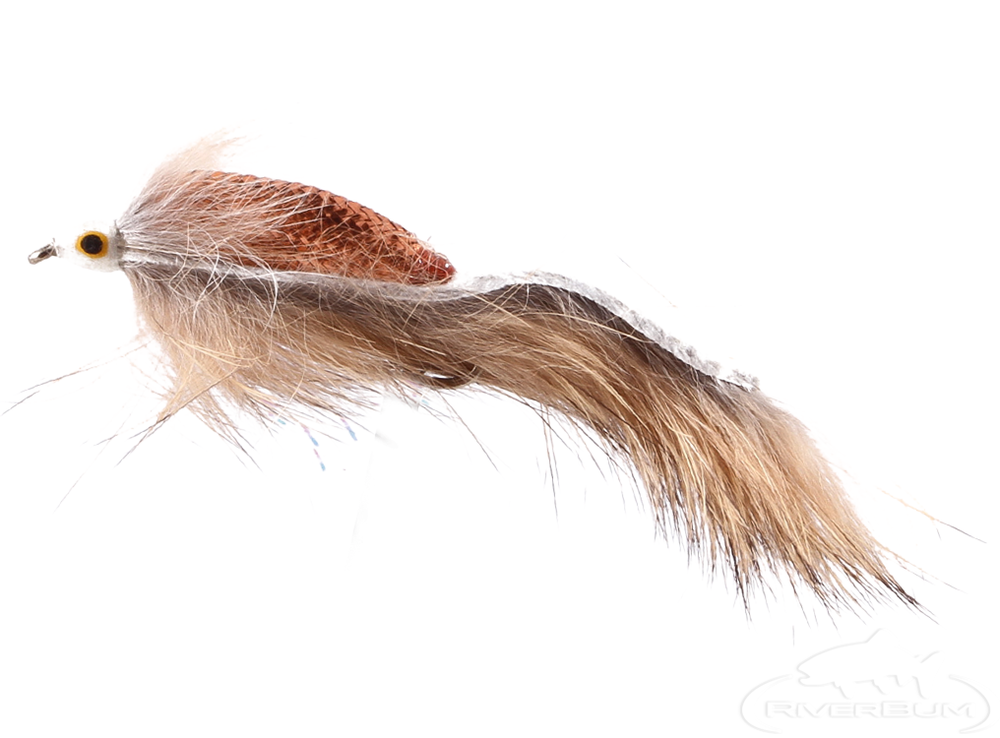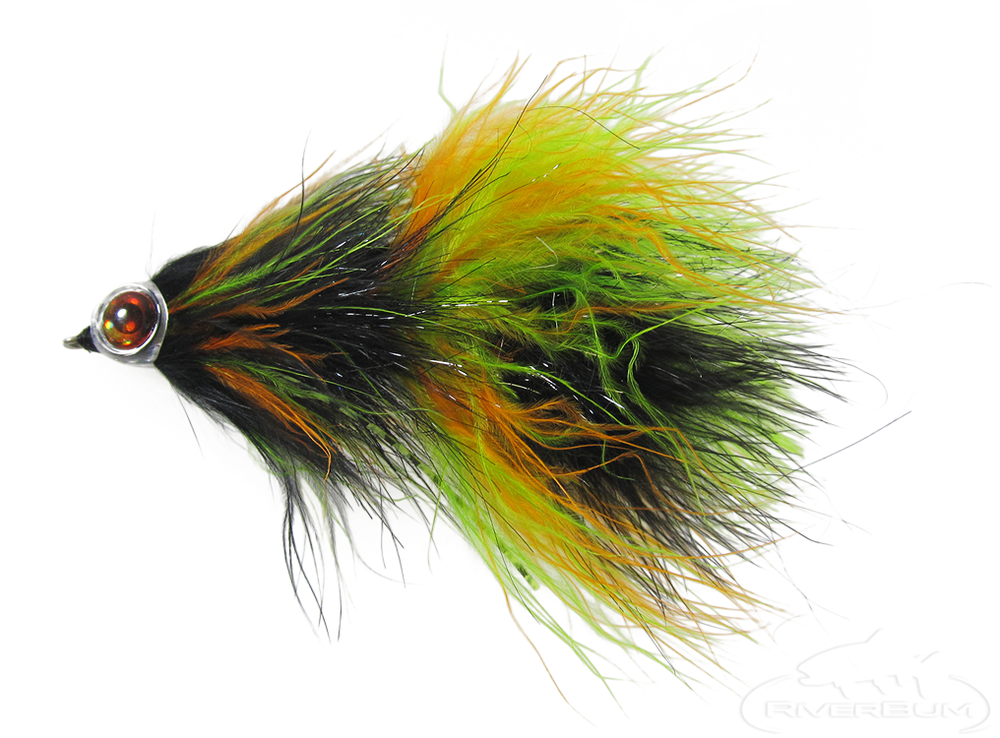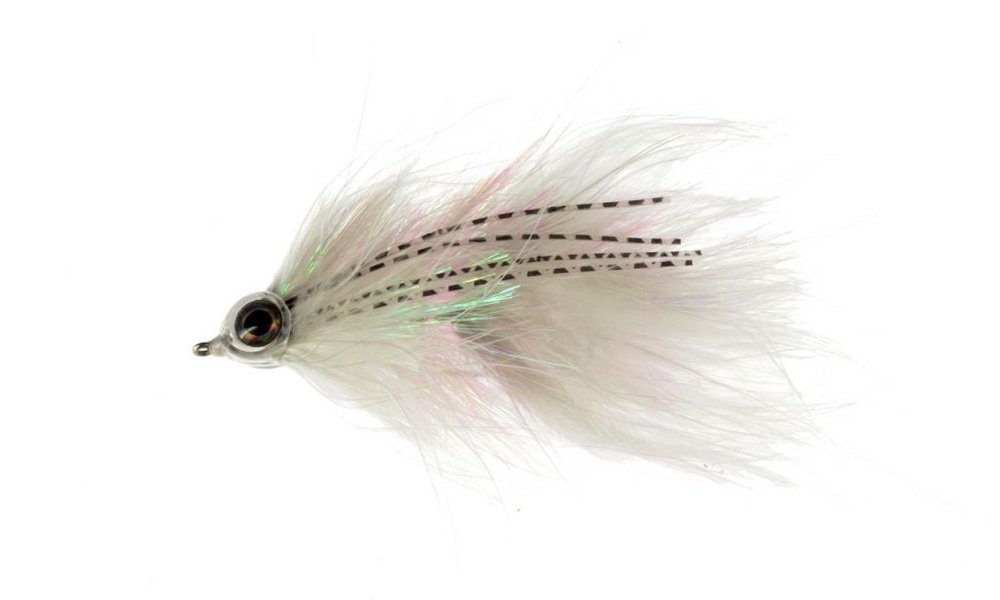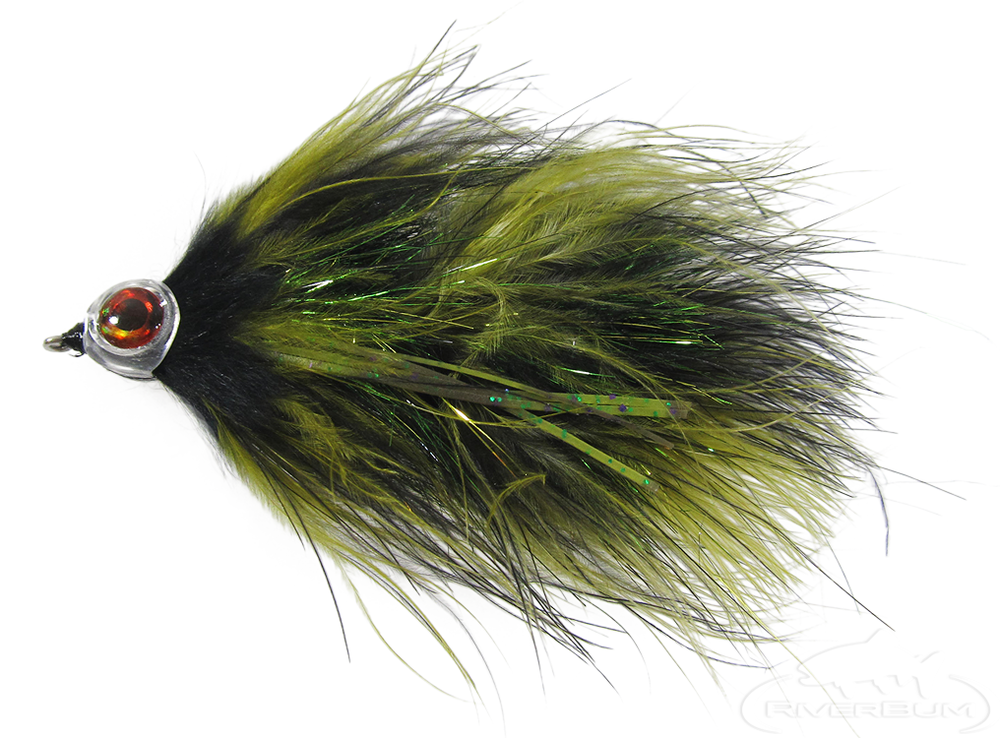Streamer Fly Fishing Basics
One of my goals last year was to fish more with a streamer. Fly fishing with streamers is a great way to increase your chances of landing a large trout. If you think about it, it sure make sense that a large trout is going to each large forage.
Small bugs can catch large fish, no doubt about that. However, big fish need lost of protein, and prey on larger sources of protein.
Now, this certainly doesn’t mean you won’t catch small fish on streamers. I’ve caught plenty of 12” cutties on a muddler or sculpin pattern. It does, though, increase your odds of larger fish. I'm headed out to fish with Jim Mitchell this weekend in Missoula. The Salmonfly hatch will be spotty, but the streamer fishing will be on!
What Makes a Good Fly Fishing Streamer
This is a tough question to answer. There are hundreds upon hundreds of patterns. I follow the light rule. Light color in bright sunlight, darker in low light conditions.
Other than that, you are either trying to mimic forage or entice a strike. Many productive musky patterns don’t represent much of anything really. Personally, I go with trying to mimic the existing forage to a large extent, sometimes with a twist like our purple muddler minnow. Following are a few good all-around productive streamers I have found for trout, bass, and pike.
Krystal Woolly Bugger
One of the most productive streamers of all time. Buggers come in a wide variety of colors.
Marabou
Natural, life like, marabou electrifies in the water and comes to life. Another all-time widely productive pattern
Muddler Minnow
A great baitfish imitation. If there are sculpin in the stream, go with a muddler
Zonker
The sleek profile will imitate a minnow or a leech and simply catches fish. This snag resistant fly is a good choice for stripping along the bottom and is a very effective pattern when fishing with nymphing techniques.
Cousin It
This is a new pattern to RiverBum. It’s a big, articulated streamer…not for the faint of heart. If you’re new to the streamer game, I wouldn’t suggest this fly. As you get better at though, holy cow! No buts, no cuts, no coconuts this baby catches BIG fish.
Steamer Fishing Techniques
The Swing
Swinging a streamer is the easiest to learn. You start by casting across or a little upstream, say one or two o’clock. Give the line a big upstream mend, this allows the streamer to sink. Once the streamer starts to move across the water, give the line a downstream mend and take a few steps down stream. This will mimic a baitfish shoot across and downstream, a very natural behavior. Keep the rod pointed at the fly. At the end of the swing, hold for several seconds. Many times that’s when you’ll get the strike. Trout will often follow the streamer downstream, then smack it at the end of the swing. This is a great way to cover a lot of water quickly. Just make sure you start at the top of the run and work your way down.
Downstream Retrieval
If you were a small baitfish fleeing, would you head upstream against the current or downstream with the current? A downstream retrieval mimics baitfish natural behavior. Speed is the key here. You want to pace your streamer just a wee bit faster than the current, maintaining contact with the streamers, but not ripping too fast that the fish don’t think they have a chance to grab it.
Dead Drift
A dead drift is where you avoid adding any movement to the streamer. You cast upstream and allow the streamer to sink and tumble naturally. This is an imitation of a stunned lifeform. I’ve only used this method a few times, the swing and downstream are my mainstays. Maybe it’s because I’m not that good or confident in the dead drift, who know. I only use it when there are plentiful baitfish in the water and the stunned prey makes for easy pickins for the trout, bass or even redfish.
Gear For Streamer Fishing
There’s lot of gear out there, your rod size will depend on what you’re fishing for and the weight of the flies you’ll be using. For trout, I use my 6 weight. I like to use a fast sinking sink tip line like the SA Sonar Sink Tip.
Streamers are best fished near the bottom. The sink tip will let you get down fast, especially in fast water. You don’t want a lot of leader either. 6’ is typically about right. I just use 2X tippet tied to the end of my line.
Tight Lines and Screaming Drags




